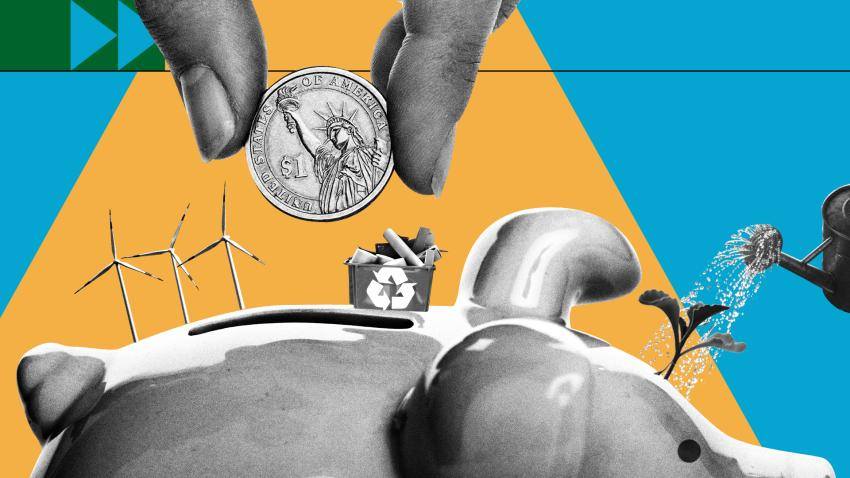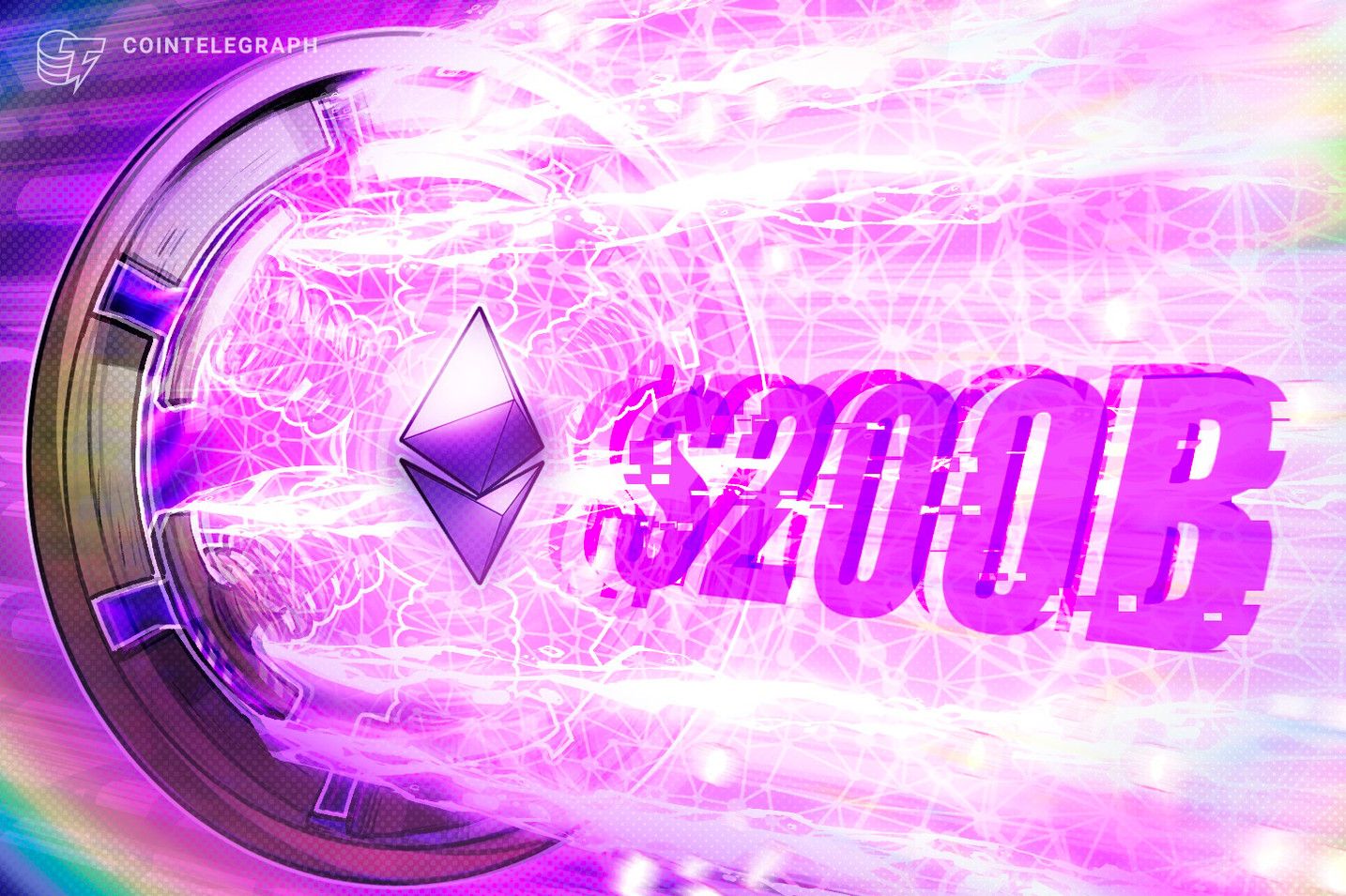Visa, a leading payment company, has unveiled an innovative system at the Web Summit in Lisbon, enabling direct payments to freelancers, content creators, and digital service providers through dollar-backed stablecoins. Through a pilot program utilizing stable cryptocurrencies like USDC, Visa aims to eliminate delays in international payments. While participant businesses can initiate payments in fiat currency, recipients can opt to receive their earnings in stablecoin wallets within seconds.
Breaking New Ground in Global Payments: Speed and Transparency
Visa’s new initiative is designed to accelerate the flow of income in the global digital economy. Tailored specifically for content creators, freelancers, and gig economy workers, the system aims to overcome long transfer durations prevalent in traditional banking networks. By recording transactions on public Blockchains, Visa emphasizes the enhanced traceability and transparency of the processes.
Chris Newkirk, Head of Visa’s Commercial and Money Movement Solutions, stated that launching stablecoin payments represents universal accessibility to funds within minutes. Newkirk highlighted that the system would facilitate easier access to the financial system for users in both developed and developing nations.
The program offers an alternative income transfer channel, especially for people operating in areas with currency fluctuations and limited banking infrastructure. This development enables digital platforms to compensate their workers much faster and at lower costs.
Visa’s Blockchain Integration and 2026 Ambition
The new pilot application is a continuation of Visa’s stablecoin pre-financing tests launched in September. Initially, companies could pre-fund their payments with stablecoins. Now, the system expands to reach end-users directly, marking one of the most tangible examples of merging traditional financial infrastructure with Blockchain technology.
Visa plans to expand the program’s scope by 2026, aiming for a global-scale distribution. With the maturation of regulatory frameworks and growing institutional demand, the integration of stablecoin-based payments into traditional card systems is one of the company’s goals. According to Visa, this integration will draw its network, operating in over 200 countries, closer to the digital asset economy.
Visa’s move is seen as a continuation of its strategy to gradually integrate Blockchain technology into its payment infrastructure. According to financial experts, the era of real-time payments through stablecoin transfers is now on the brink of becoming a global reality.





